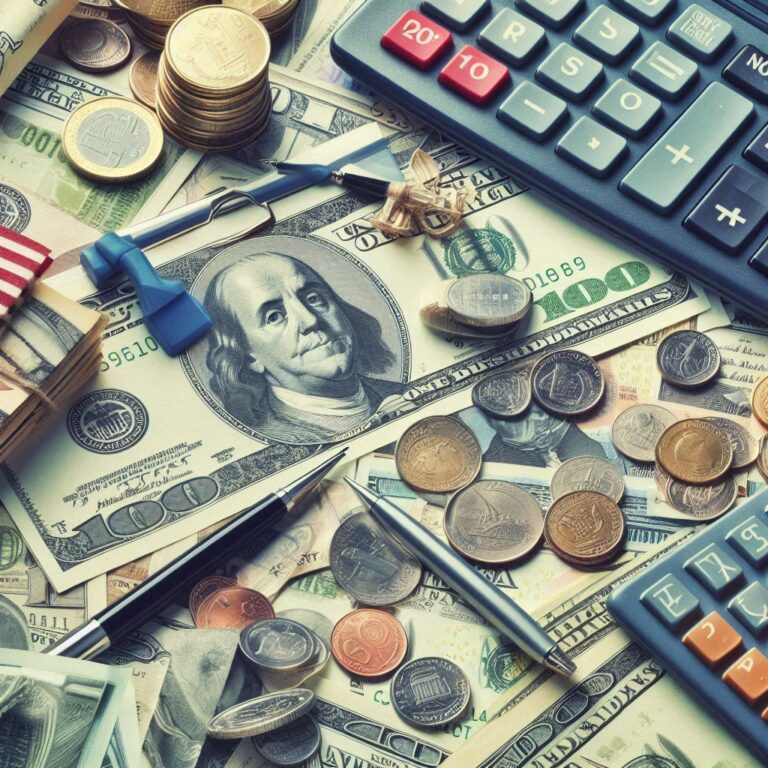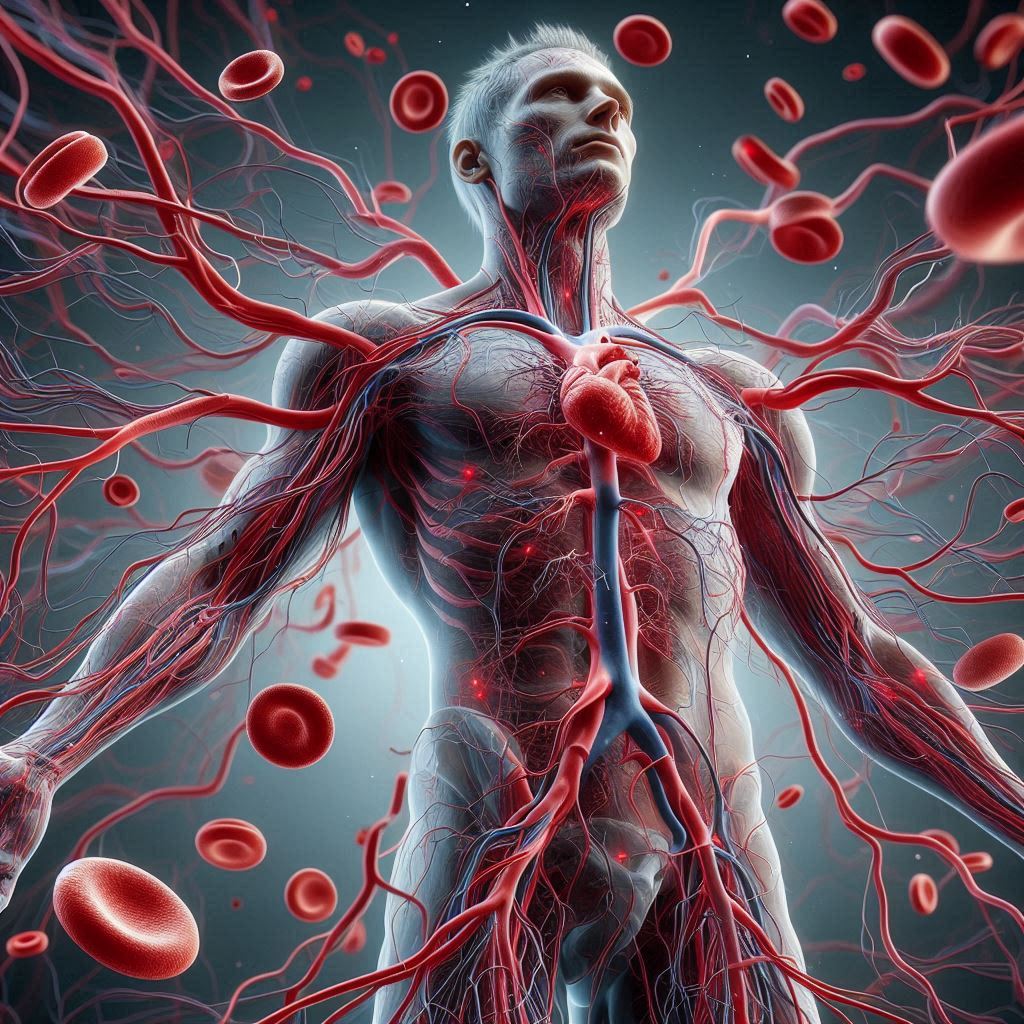Lesson Objectives:
At the end of the lesson, students should be able to:
6.4.1 structure – The components of the current account of the balance of payments – trade in goods, trade in services, primary income and secondary income. Calculation of deficits and surpluses on the current account of the balance of payments and its component sections. 6.4.2 causes of current account deficit and surplus – Reasons for deficits and surpluses. 6.4.3 consequences of current account deficit and surplus
Impact on GDP, employment, inflation and foreign exchange rate. 6.4.4 policies to achieve balance of payments stability – The range of policies available to achieve balance of payments stability and how effective they might be.
Do the Structured Questions provided with Answers at the end of the presentation.

Goods and services made by producers in one country and sold to consumers in other countries are ‘exports’ In return, exporting countries, receive payments as ‘inflows’ of currencies for the sale of their exports.
Goods and services bought by the consumers of a country from other countries are ‘imports’. In return for the goods and services, importing countries pay out money as ‘outflows’ for their imports.
Inflows and outflows of money from a country’s international transactions are recorded in the national income and expenditure accounts of that country.
A country also keep records of other incomes arising from flows of income between its residents and residents of other countries.
A country will record its monetary transactions with the rest of the world each year in the Current Account of the Balance of Payments.
The Current Account is a key account in the Balance of Payments. It is structured into four components:
- Trade in goods accounts
- Trade in services accounts
- Primary income
- Secondary income
It is an accounting record of all monetary transactions between a country and the rest of the world for a period of one year.
- Trade in Goods Account involving physical or visible goods: i.e. net earnings on exports of goods (credit) and payments for imports of goods (debit) e.g. milk, crude oil, coal in New Zealand.
- Trade in Services Account involving intangibles or invisible services i.e. net earnings on exports of services (credit) and payments for imports of services (debit) e.g. banking, insurance, transportation, etc. in the UK.
It is called the ‘current account’ because it covers transactions in the ‘current accounting period’– that don’t give rise to future claims.
Balance of trade in goods and services
- Balance of trade
Balance of trade = Value of visible exports – Value of visible imports
Surplus: value of visible exports > value of visible imports
Deficit: value of visible exports < value of visible imports
Balance of trade (services) = Value of invisible exports – Value of invisible imports
Surplus: value of invisible exports > value of invisible imports
Deficit: value of invisible exports < value of invisible imports
- Primary income: factor rewards exchanged between residents and non – residents for the use of each others factor of production.
Wages, rents and investment incomes (interests, profits and dividends) received from non – residents (credit).
Wages, rents and investment incomes paid to non0 residents (debit).
Primary income and Secondary income
Primary Income = Inflow of primary income – Outflow of primary income
Net Inflow: Inflow of primary income > Outflow of primary income
Net Outflow: Inflow of primary income < Outflow of primary income
Secondary Income = Inflow of secondary income – Outflow of secondary income
Net Inflow: Inflow of current transfers > Outflow of current transfers
Net Outflow: Inflow of current transfers < Outflow of current transfers
- Secondary incomes: are simply ‘current transfers’ of money or benefits between residents and non – residents. They are not payments for goods and services or the use of factors of resources. They include pensions, social contributions, welfare payments, taxes collected from wages and other primary incomes, gifts of money and payments of foreign aid.
Credits for current transfers received by residents will therefore include pensions they receive from overseas pension companies and any welfare payments they receive from a foreign government while living in another country. Taxes may also be collected from primary incomes payable to non
– residents.
Debit for current transfers leaving will therefore include any pensions, welfare payments paid to overseas residents and any taxes collected by foreign governments from primary incomes earned by residents from their employments or investments in other countries. A country may also provide financial aid(grants) to support people and projects in low income countries.
How To Calculate The Current Account Balance.
- Deduct the debits from the credits to get the final balance on the current account.
- Current account surplus: If total credits (X) exceeds total debits (M). X > M. Gross National Income of a country will increase.
- Current account deficit: If total credits (X) is less than total debits (M). X < M. Gross National Income of a country decrease.
- Current account balance: Total credits (X) is equal to total debits (M). X = M.
- Another way to calculate the balance of the current account is to add up the balance on each section on the account in the periods involved: That is, add up the balances of (a) trade in goods, (b) trade in services, (c) primary incomes, and (d) secondary incomes (net current transfers).

Task:
- Study Balance of payments account in table 1 below and calculate the missing balances of deficits and surpluses on the account of the balance of payments in its component sections given in table 1.
- Which of the two was the trade between Germany and the United States had the most favourable trade balance.

Solutions:
- a) = 278 b) = 259 c) = + 60 d) = – 40 e) = – 753 f) = – 505 g) = – 120
- Germany was favoured the most in the trade balance.

What are the reasons for current account deficit and surplus?
Deficit occurs if the value of Imports exceed the value of exports. Surplus occurs if the value of imports is less than the value of export. A strong currency exchange rate could encourage imports of goods and services over exports leading to a deficit. A devalued currency could do the exact opposite.
Also, a high interest rate could encourage inflow of foreign investment capital into a country. This could cause surplus in the current account. The impact might not last because if the interest rates falls, a deficit may occur, due to capital flight.




Policies To Achieve Balance of Payments Stability
The biggest transactions recorded in a current account are revenues from the sale of exports and payments for the purchase of imports.
Thus the current accounts of most countries will depend on their balance of trade.
Large trade imbalances whether a big trade deficit or a big trade surplus can cause problems for a national economy.
1. For a persistent and large deficit, government policies may be:
- Do nothing, expecting a floating exchange rate to correct it
- Use contractionary monetary policy
- Raise interest rates
- Introduce trade barriers
2. For a persistent and large surplus, government policies may be:
- Do nothing, expecting a floating exchange rate to correct it
- Use expansionary fiscal policy
- Lower interest rates
- Remove trade barriers
Problems With A Trade Deficit
A growing trade deficit may be a sign of economic expansion or recovery if the imports are capital goods to help. However, a large and growing deficit may be sign of slow or negative economic growth and a declining industrial base which reduces employment and incomes, creating a problem. Therefore, governments often try to correct persistent and large trade deficits in the economy.
What are the impact of current account deficit and surplus on GDP, employment, inflation and foreign exchange rate?
Countries with large and regular current account surpluses tend to be internationally competitive, with large GDPs and specializing on the production and export of high quality or mass-produced manufactured goods or natural resources such as oil and minerals e.g. China, Japan, Singapore, South Korea etc. Therefore, their employment levels tend to be high Inflation is likely to be low and stable with a strong foreign exchange rate. This common with rapidly developing economies.
In contrast, developed countries such as The USA often run current account deficits. However, the impact of the deficits on their GDP, employment, inflation and foreign exchange rates is not so obvious as it is in the least developing economies due to their high industrial capacity.
Problems with a trade surplus:
Although not immediately obvious, a large and persistent surplus can also cause economic problems.
- Political and economic pressure may arise from other governments to reduce the surplus because it has a deficit implication for them.
- The increase in income from exports may cause demand – push inflation in the domestic economy.
- Surplus could trigger higher demand for the national currency, a rise in its value, making exports prices expensive, falling exports and job loses.
Circumstances in which a deficit may not be a problem
if the deficit is small or isolated because the deficit may be
- Financed by running down reserves
- Counter-balanced by capital flows
- A reflection of rising living standards
- Necessary to rebuild future export potential in terms of vital imports of raw materials and components
Circumstances in which a deficit may be a problem
It may be a problem if deficits are large and persistent, because
- It may reflect trading incompetence / an over valued exchange rate and contribute to de-industrialisation / unemployment
- If financed by capital inflows this could lead to future outflows of funds (profits, interest and dividends paid to overseas investors) and / or high interest rates (to attract the capital inflows), with deflationary implications for demand, output and employment



Economic Policies to Reduce a Trade Deficit
- Demand management: A tightening of fiscal and/or monetary policy reduces real spending power of consumers and leads to lower spending on imports (fall in M improves trade balance)
- Lower exchange rate reduces the foreign price of exports and makes imports more expensive – causes changes in demand
- Supply-side improvements:
- Policies to raise labour productivity and encourage start-ups with export potential e.g. Life sciences, digital etc
- Investment in human capital to boost productive capacity and competitiveness in high-value industries such as bio-technology, engineering, medicine, tourism
- Protectionist measures such as import quotas and tariffs (NB: UK limited by global trade agreements e.g. EU and WTO rules)
Structured Questions and Answers
1. Between 2011 and 2012 Russia’s exchange rate was relatively constant. The country continued to have a surplus on the current account of its balance of payments. The main change in its international trade position arose from it joining the World Trade Organisation. In order to do this, the government agreed to move towards free trade.
(a) Describe what is meant by a current account surplus. [4]
2. The fall in demand for coal arises partly from competition from renewable energy. For instance, advances in technology are reducing the costs of producing energy from wind power. Some countries protect their energy industries from foreign competition, in some cases to reduce a current account deficit. The governments of a number of coal-producing countries also regulate their coal industries. The extent of government intervention is influenced by the type of economic system operated.
(a) Discuss whether a government should use trade protection to reduce a current account deficit. [6]
Answer
- (a) Describe what is meant by a current account surplus. [4]
4 marks for credit items on exports, income and current transfers exceed debit items on imports, income and current transfers.
3 marks for revenue from the export of goods and services exceeds expenditure on the import of goods and services.
2 marks for export revenue exceeds import expenditure.
1 mark for credit items exceed debit items.
1 mark for exports exceed imports.
Note: a maximum of 4 marks overall.
- (a) Up to 4 marks for why it should:
Trade protection/tariffs may increase import prices (1) import volumes will fall (1). Trade protection/quotas will reduce the quantity of imports (1) Trade protection/embargoes will stop imports of certain products (1) may cause lower import expenditure (1) reducing a current account deficit (1) Trade protection may prevent other countries from dumping their output (1) A reduction in a current account can increase output (1) raise incomes (1) reduce unemployment (1)
Up to 4 marks for why it should not:
Trade protection may provoke retaliation (1) if other countries impose trade restrictions (1) the current account may not improve (1) GDP may fall (1) unemployment may rise (1). Trade protection may discourage firms from becoming efficient (1) this will mean the deficit will continue (1). Other policies may be more effective (1) e.g. increase in income tax (1). Trade protection can disadvantage domestic consumers/producers (1) raise price (1) reduce imports of e.g. raw materials (1) reduce quality (1). Some products cannot be produced domestically (1).






